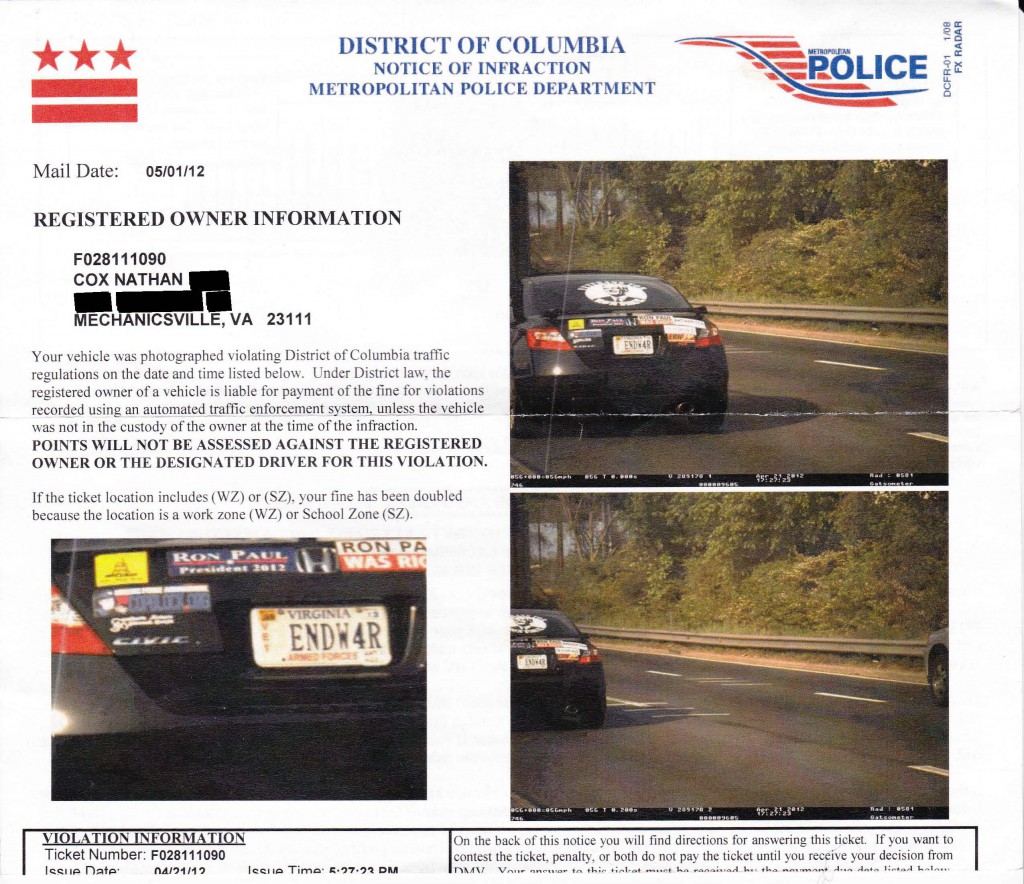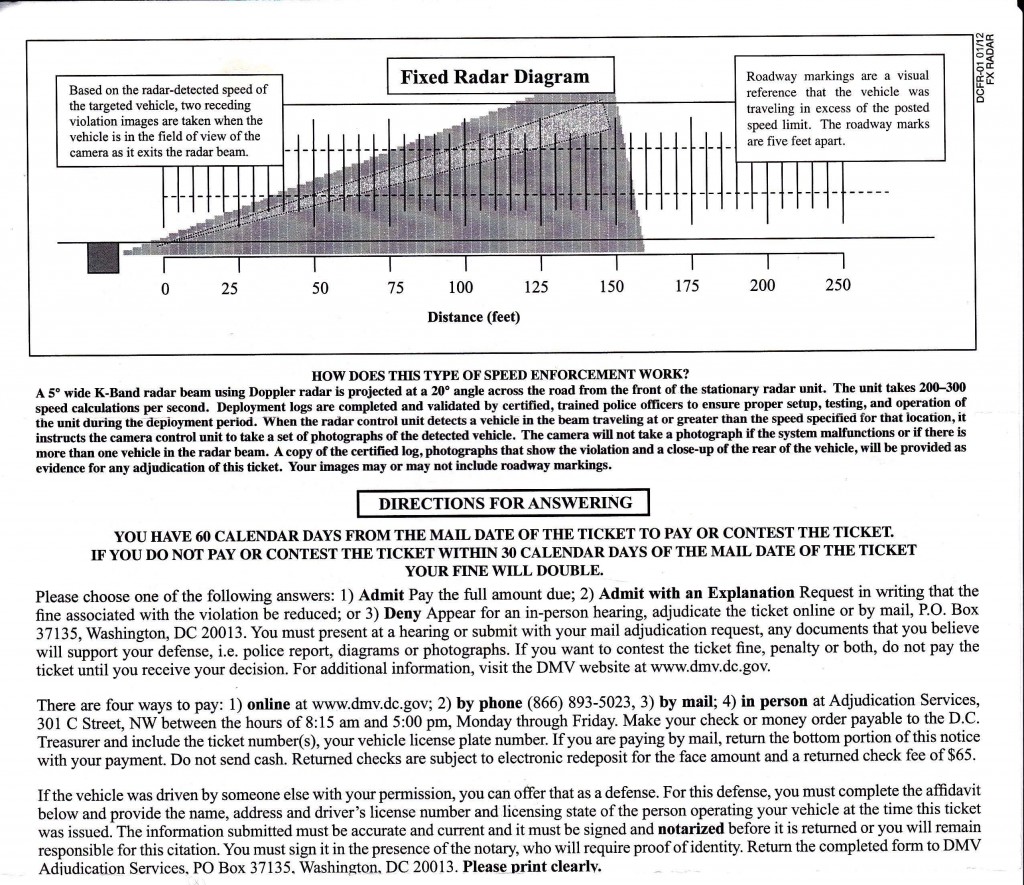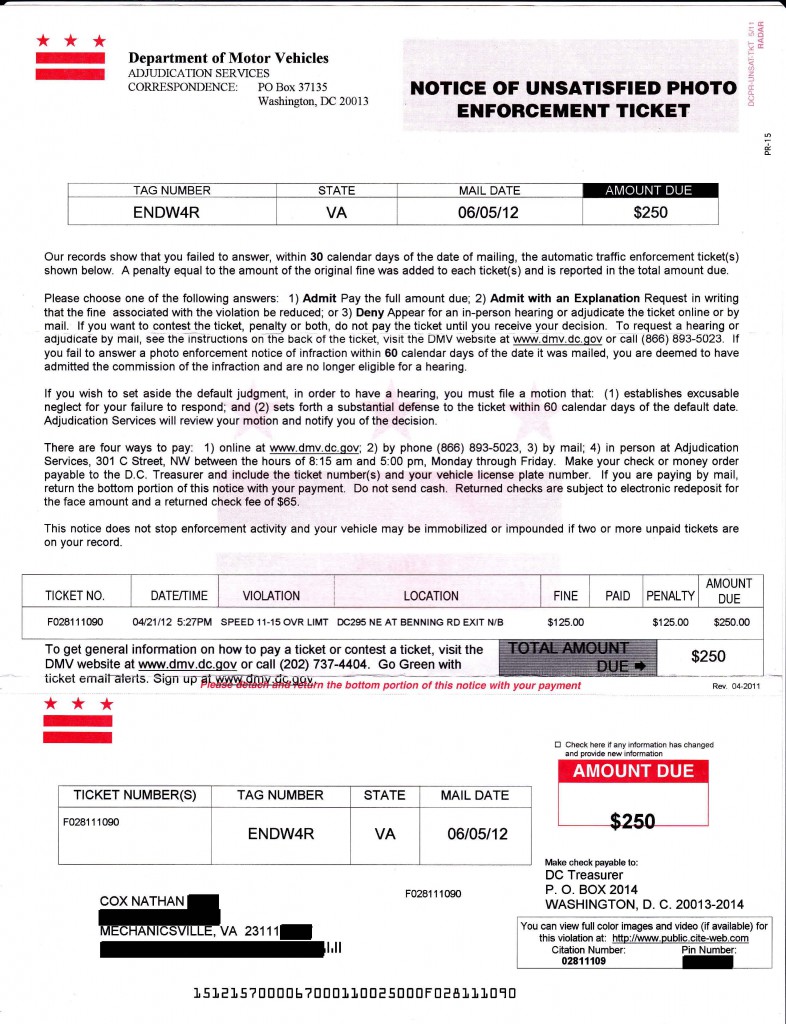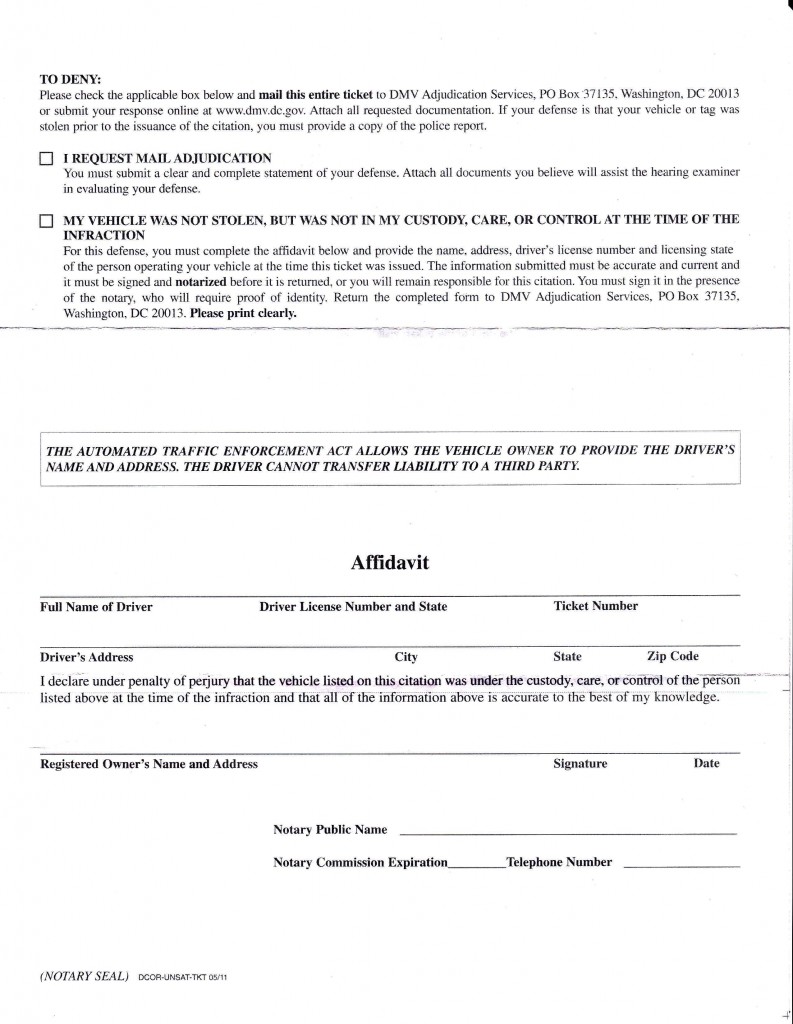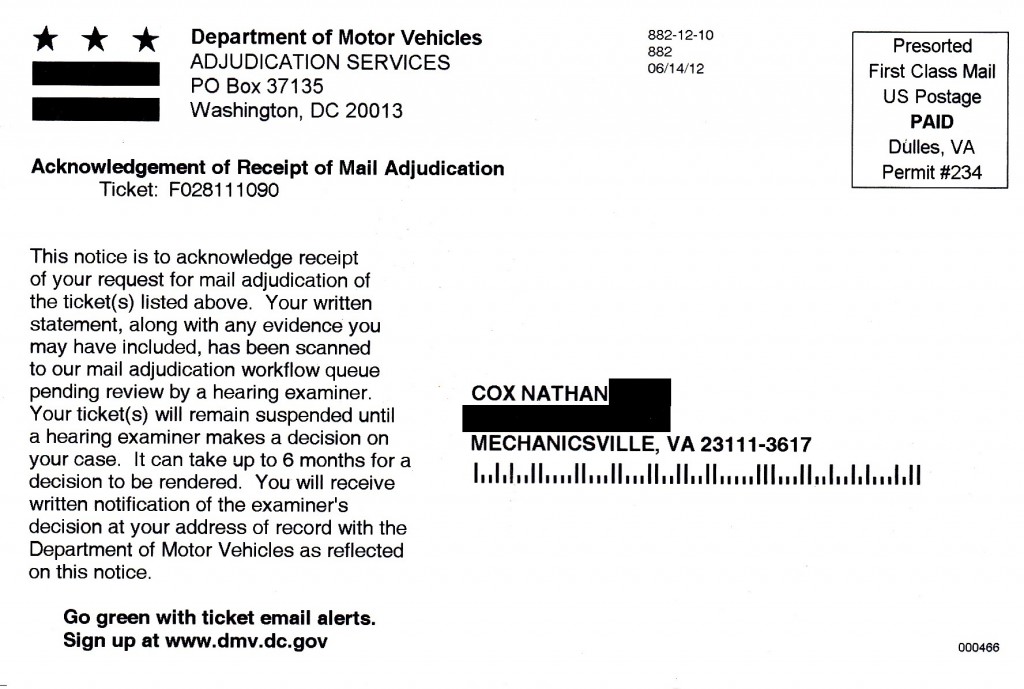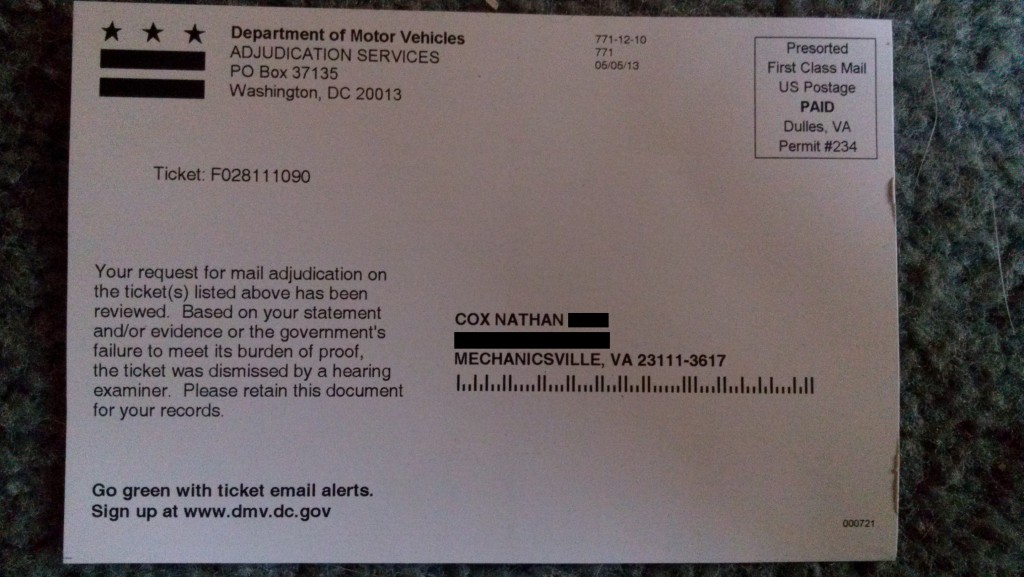OFF THE WIRE
Weed smokers of the world rejoice, it’s a celebration! As you bask in the glow of copious amounts of weed consumption today, as always, make sure to do so responsibly. We don’t mean “responsibly” in the “drink too much booze and you’ll wind up in a coma” sense. That’s not really a problem with the weed. Smoke too much and the worst that will happen is you’ll devour an entire large pizza and fall asleep for the night by 8pm. What we’re referring to, of course, are police.
Nothing kills a good buzz like an undercover cop with too much time on their hands striking up a conversation with you out of the blue about what you’re smoking. So keep your glassy eyes peeled, and use these handy tips for spotting an undercover cop while you celebrate 4/20 today.
Check Out the Car
In a perfect world, all police would be required to drive around in 1992 Crown Victorias with gigantic antennas and a visible gun rack in the back seat. Unfortunately, it’s not that easy. These days, undercover cops are tooling around in anything from minivans to Mustangs. So how do you spot a car that’s outfitted for the sole purpose of harshing your mellow?
Fortunately, police need lots of special equipment in their cruisers to do their jobs effectively. If you look hard enough, you can see it. AOL, of all places, has a great guide to spotting undercover cop cars on their auto blog. Here are some highlights:
On unmarked cars, lights are often placed in the grill, front windshield and exterior mirrors. Even if they aren’t turned on, you should be able to see them provided there is a sufficient amount of light.
Image may be NSFW.
Clik here to view.
Look for stubby police antennas on the trunk lid and more lights in the rear windshield.
Image may be NSFW.
Clik here to view.
Each state has special license plates that are issued to government workers. Learn yours. If you see it on the car that’s pulling up to the spot where you’re lighting up, swallow that weed like a professional.
Pay Attention to Details
Here’s the thing about undercover cops…they’re really good at blending in with the environment they’re in. Anyone who’s ever been enjoying a joint on a park bench only to have a guy in flip-flops and a Hawaiian shirt flashing a badge in their face out of the blue will surely attest to that.
But everybody makes mistakes, police are no different. Does that shady weed dealer at your local park with the three day facial hair growth, unkempt hair and filthy clothes also have impeccably manicured fingernails? Is he wearing a beat to shit army jacket and four hundred dollar Armani jeans? If so, you probably shouldn’t buy your weed from him.
Actually, you shouldn’t just walk up to anyone you don’t know and try to buy drugs from them. But if it’s come to that, at least watch for those little inconsistencies that might indicate that they aren’t who they say they are.
Don’t Bother Asking
There’s a popular myth that claims if you ask an undercover cop if they’re a cop, they have to tell you if they are. Not true, says Barry Cooper, a former undercover cop who came around to the good side and now gets paid to tell people how to spot and avoid being busted by undercover cops.
In fact, he says this misconception actually helps law enforcement:
Did You Hear the News?
Image may be NSFW.
Clik here to view.
Did the police make a significant bust in your area recently? If so, mention it. Undercover cops are trained to stay relaxed in high pressure situations, but by bringing up some especially noteworthy piece of police news, you’ve just entered something into the mix that normally isn’t present…their ego. Try mentioning that you don’t see what the big deal is about the bust that was all over the news last week and then, just like in poker, wait for the tell.
Nobody likes to have their pride injured, and that’s exactly what you’re doing. If the guy hoping to sell you a pound of kush suddenly snaps at you about how that bust was a HUGE deal, you’re probably dealing with a cop. Watch for any reaction that strikes you as out of the ordinary. If your gut is telling you to flee the scene, do it.
Hits From the Bong
Image may be NSFW.
Clik here to view.![bong bong]()
This tidbit is especially for the dealers out there, and once again, it comes from former undercover agent Barry Cooper. If you suspect that the person you’re selling to is a cop, offer them a bong hit. Not a joint, not a blunt, not a hitter…a bong hit.
Why? Because undercover cops are strictly prohibited from actually partaking in drugs while in the field. Some are even tested immediately after returning from their crime fighting missions. That said, they are trained to hit a joint or some other lightweight toking apparatus without taking any smoke into their lungs. They just pass it through their nose and back out into the air. What a waste!
But anyone who knows anything knows that hitting a bong without using your lungs is literally impossible. No respectable drug purchaser is going to pass on the opportunity to sample what you’re selling prior to paying for it, be it in a joint, a bong or a hollowed out apple. If you offer up your intricately handcrafted, dragon shaped bong and they refuse, something is amiss. Tell them to kick rocks and live to sell the good stuff another day.
Five Tips for Spotting an Undercover Cop
Image may be NSFW.
Clik here to view.
Clik here to view.

Image may be NSFW.
Clik here to view.
Clik here to view.

Image may be NSFW.
Clik here to view.
Clik here to view.

Image may be NSFW.
Clik here to view.
Please forgive us if our short term memory is a little lacking, but we could swear we looked at the calendar this morning and noticed that today is 4/20. Also, we could swear we looked at the calendar this morning and noticed that today is 4/20.Clik here to view.

Weed smokers of the world rejoice, it’s a celebration! As you bask in the glow of copious amounts of weed consumption today, as always, make sure to do so responsibly. We don’t mean “responsibly” in the “drink too much booze and you’ll wind up in a coma” sense. That’s not really a problem with the weed. Smoke too much and the worst that will happen is you’ll devour an entire large pizza and fall asleep for the night by 8pm. What we’re referring to, of course, are police.
Nothing kills a good buzz like an undercover cop with too much time on their hands striking up a conversation with you out of the blue about what you’re smoking. So keep your glassy eyes peeled, and use these handy tips for spotting an undercover cop while you celebrate 4/20 today.
Check Out the Car
In a perfect world, all police would be required to drive around in 1992 Crown Victorias with gigantic antennas and a visible gun rack in the back seat. Unfortunately, it’s not that easy. These days, undercover cops are tooling around in anything from minivans to Mustangs. So how do you spot a car that’s outfitted for the sole purpose of harshing your mellow?
Fortunately, police need lots of special equipment in their cruisers to do their jobs effectively. If you look hard enough, you can see it. AOL, of all places, has a great guide to spotting undercover cop cars on their auto blog. Here are some highlights:
On unmarked cars, lights are often placed in the grill, front windshield and exterior mirrors. Even if they aren’t turned on, you should be able to see them provided there is a sufficient amount of light.
Image may be NSFW.
Clik here to view.

Look for stubby police antennas on the trunk lid and more lights in the rear windshield.
Image may be NSFW.
Clik here to view.

Each state has special license plates that are issued to government workers. Learn yours. If you see it on the car that’s pulling up to the spot where you’re lighting up, swallow that weed like a professional.
Pay Attention to Details
Here’s the thing about undercover cops…they’re really good at blending in with the environment they’re in. Anyone who’s ever been enjoying a joint on a park bench only to have a guy in flip-flops and a Hawaiian shirt flashing a badge in their face out of the blue will surely attest to that.
But everybody makes mistakes, police are no different. Does that shady weed dealer at your local park with the three day facial hair growth, unkempt hair and filthy clothes also have impeccably manicured fingernails? Is he wearing a beat to shit army jacket and four hundred dollar Armani jeans? If so, you probably shouldn’t buy your weed from him.
Actually, you shouldn’t just walk up to anyone you don’t know and try to buy drugs from them. But if it’s come to that, at least watch for those little inconsistencies that might indicate that they aren’t who they say they are.
Don’t Bother Asking
There’s a popular myth that claims if you ask an undercover cop if they’re a cop, they have to tell you if they are. Not true, says Barry Cooper, a former undercover cop who came around to the good side and now gets paid to tell people how to spot and avoid being busted by undercover cops.
In fact, he says this misconception actually helps law enforcement:
Many times as an undercover, suspects would ask if I were a cop and explain I must tell if I were. I would respond, “No. I’m not a cop and you are correct. I would have to tell you if I were.” The suspects were always comfortable with this answer and would sometimes comment on how cool the “must tell” law was.So that’s a bummer. But that doesn’t mean you shouldn’t mention the police at all if you think an undercover is in your midst…
Did You Hear the News?
Image may be NSFW.
Clik here to view.

Did the police make a significant bust in your area recently? If so, mention it. Undercover cops are trained to stay relaxed in high pressure situations, but by bringing up some especially noteworthy piece of police news, you’ve just entered something into the mix that normally isn’t present…their ego. Try mentioning that you don’t see what the big deal is about the bust that was all over the news last week and then, just like in poker, wait for the tell.
Nobody likes to have their pride injured, and that’s exactly what you’re doing. If the guy hoping to sell you a pound of kush suddenly snaps at you about how that bust was a HUGE deal, you’re probably dealing with a cop. Watch for any reaction that strikes you as out of the ordinary. If your gut is telling you to flee the scene, do it.
Hits From the Bong
Image may be NSFW.
Clik here to view.

This tidbit is especially for the dealers out there, and once again, it comes from former undercover agent Barry Cooper. If you suspect that the person you’re selling to is a cop, offer them a bong hit. Not a joint, not a blunt, not a hitter…a bong hit.
Why? Because undercover cops are strictly prohibited from actually partaking in drugs while in the field. Some are even tested immediately after returning from their crime fighting missions. That said, they are trained to hit a joint or some other lightweight toking apparatus without taking any smoke into their lungs. They just pass it through their nose and back out into the air. What a waste!
But anyone who knows anything knows that hitting a bong without using your lungs is literally impossible. No respectable drug purchaser is going to pass on the opportunity to sample what you’re selling prior to paying for it, be it in a joint, a bong or a hollowed out apple. If you offer up your intricately handcrafted, dragon shaped bong and they refuse, something is amiss. Tell them to kick rocks and live to sell the good stuff another day.







































